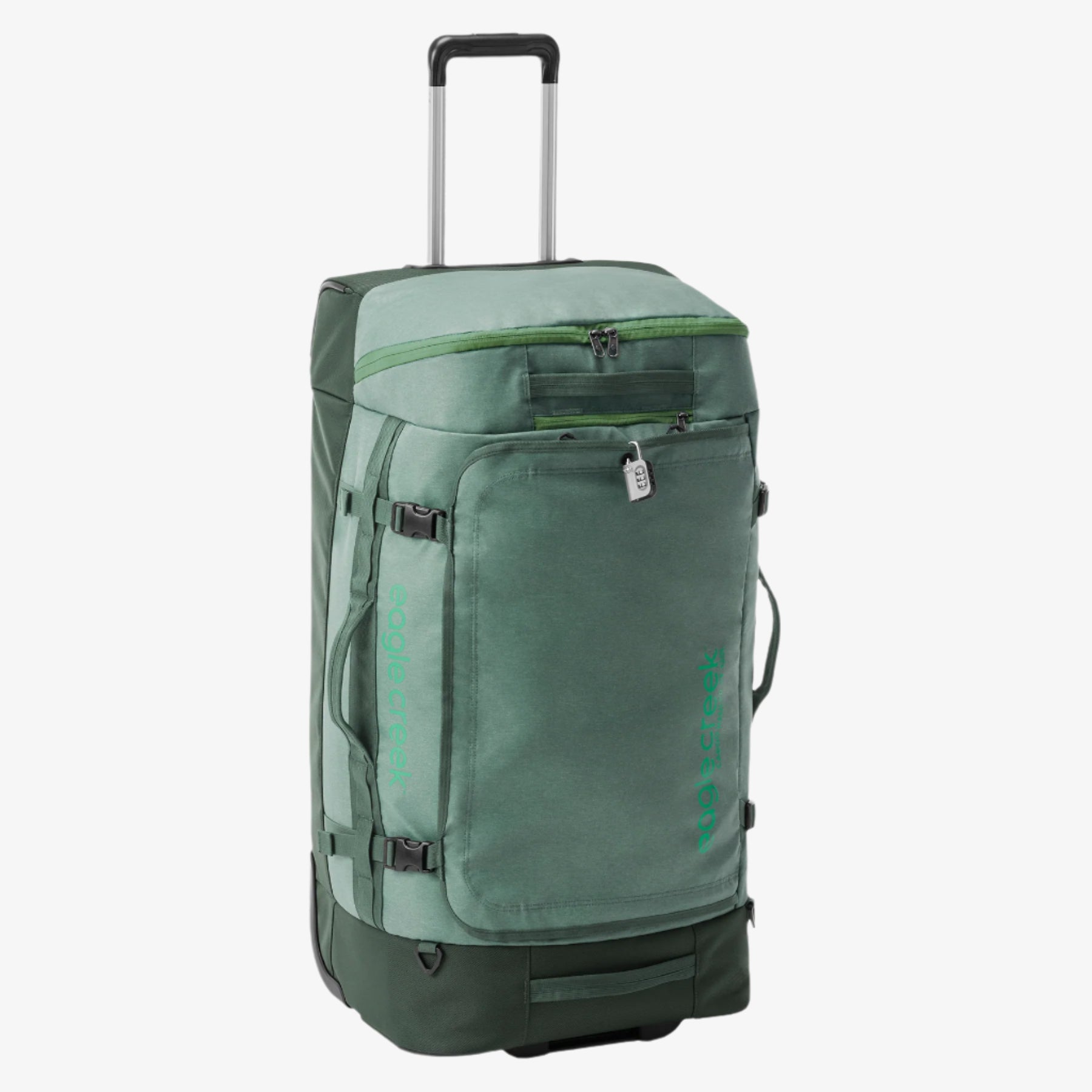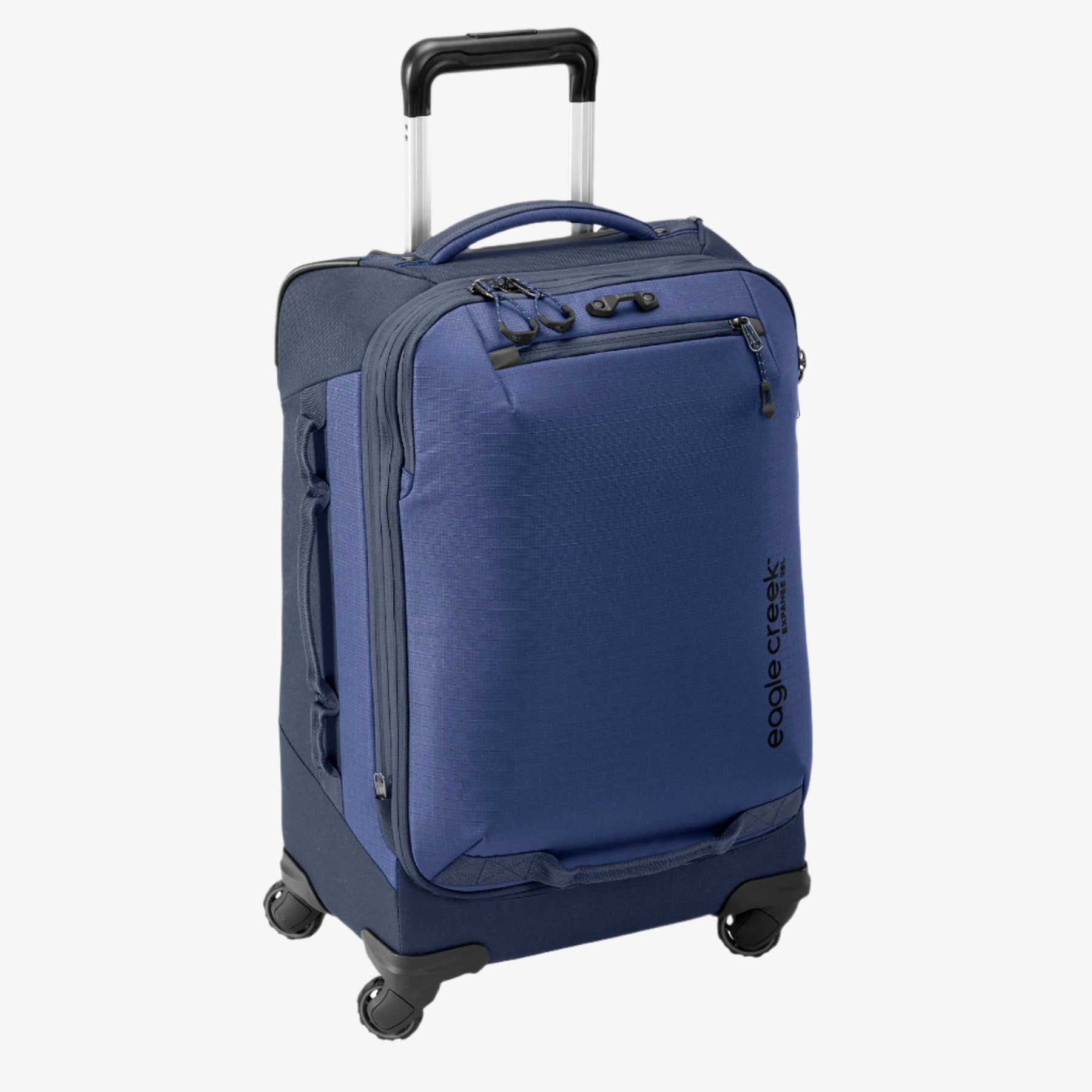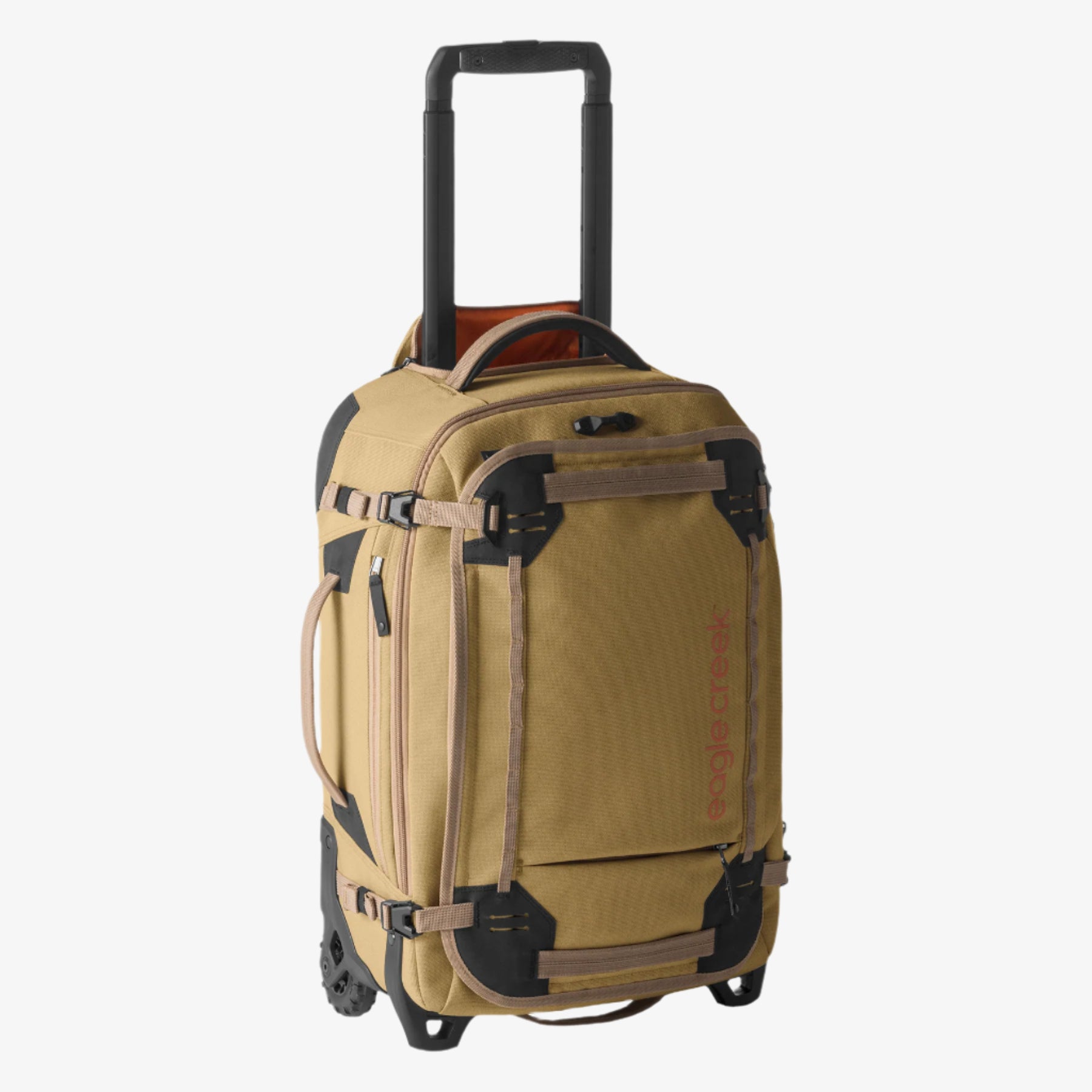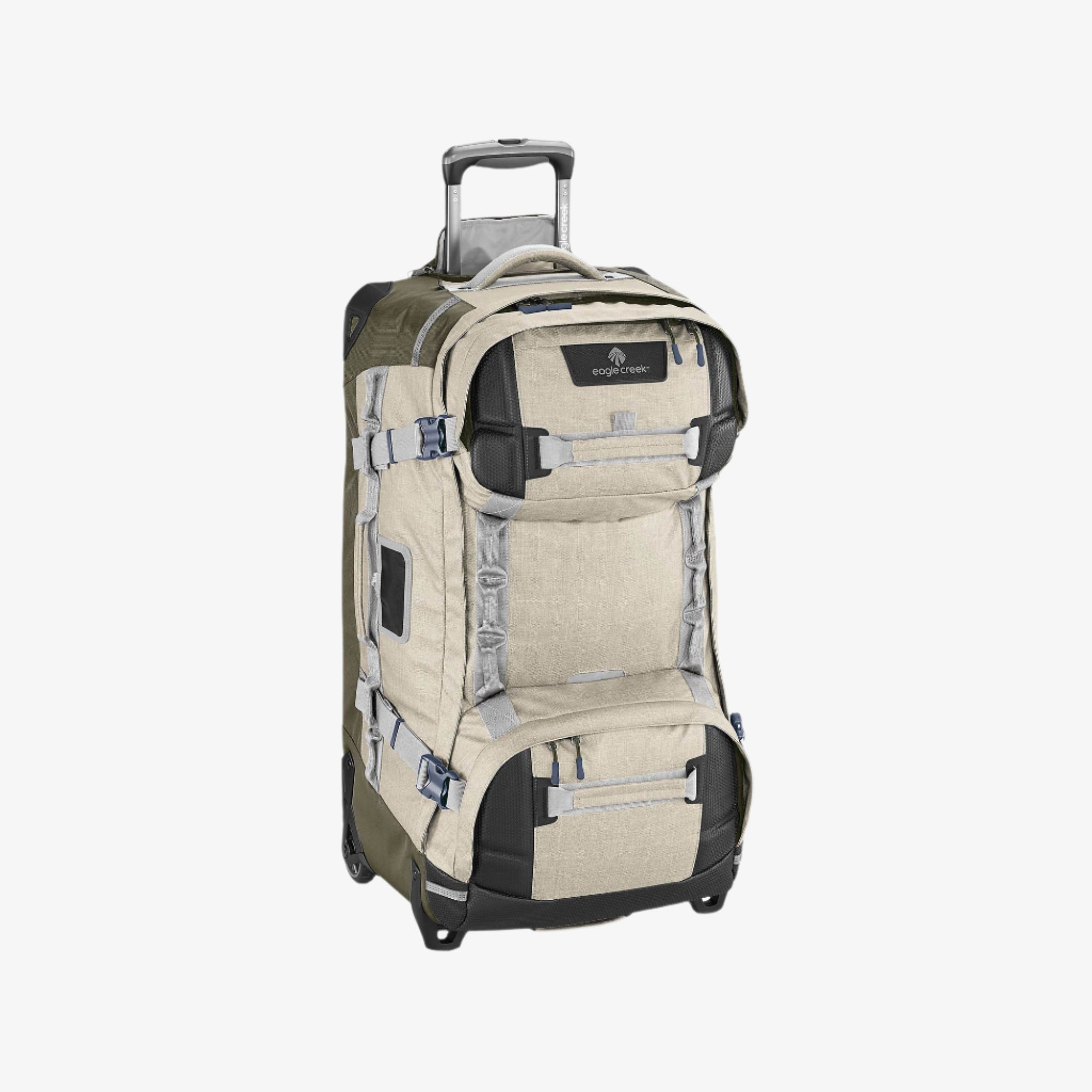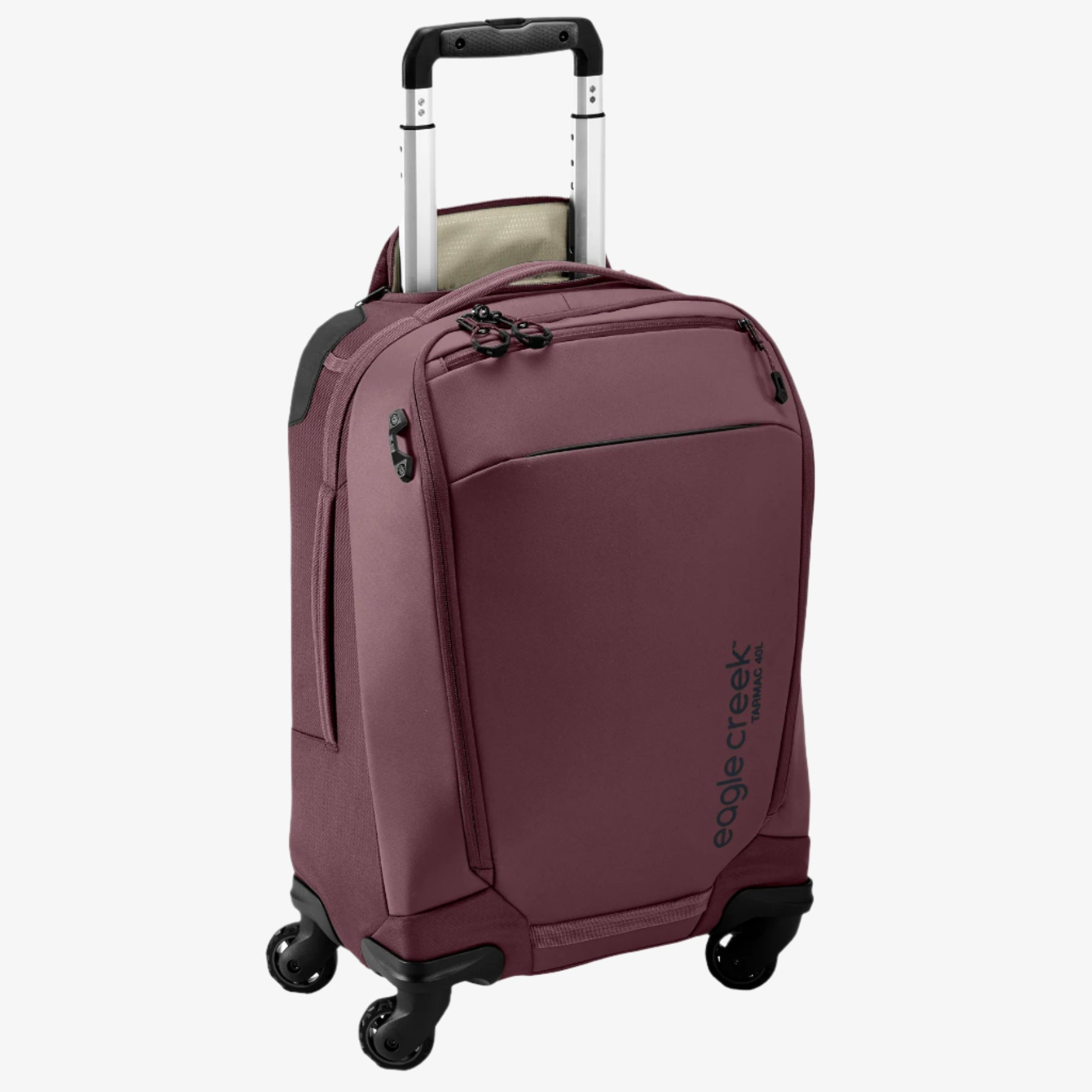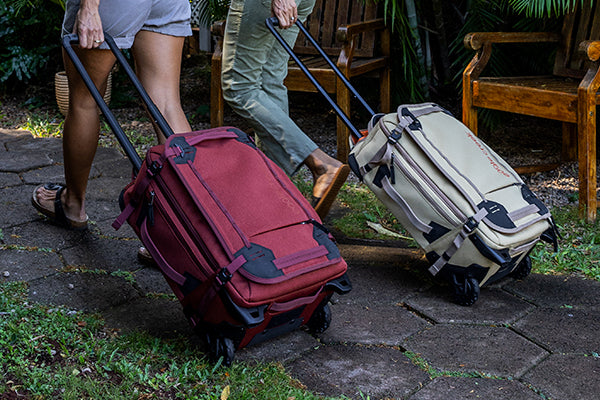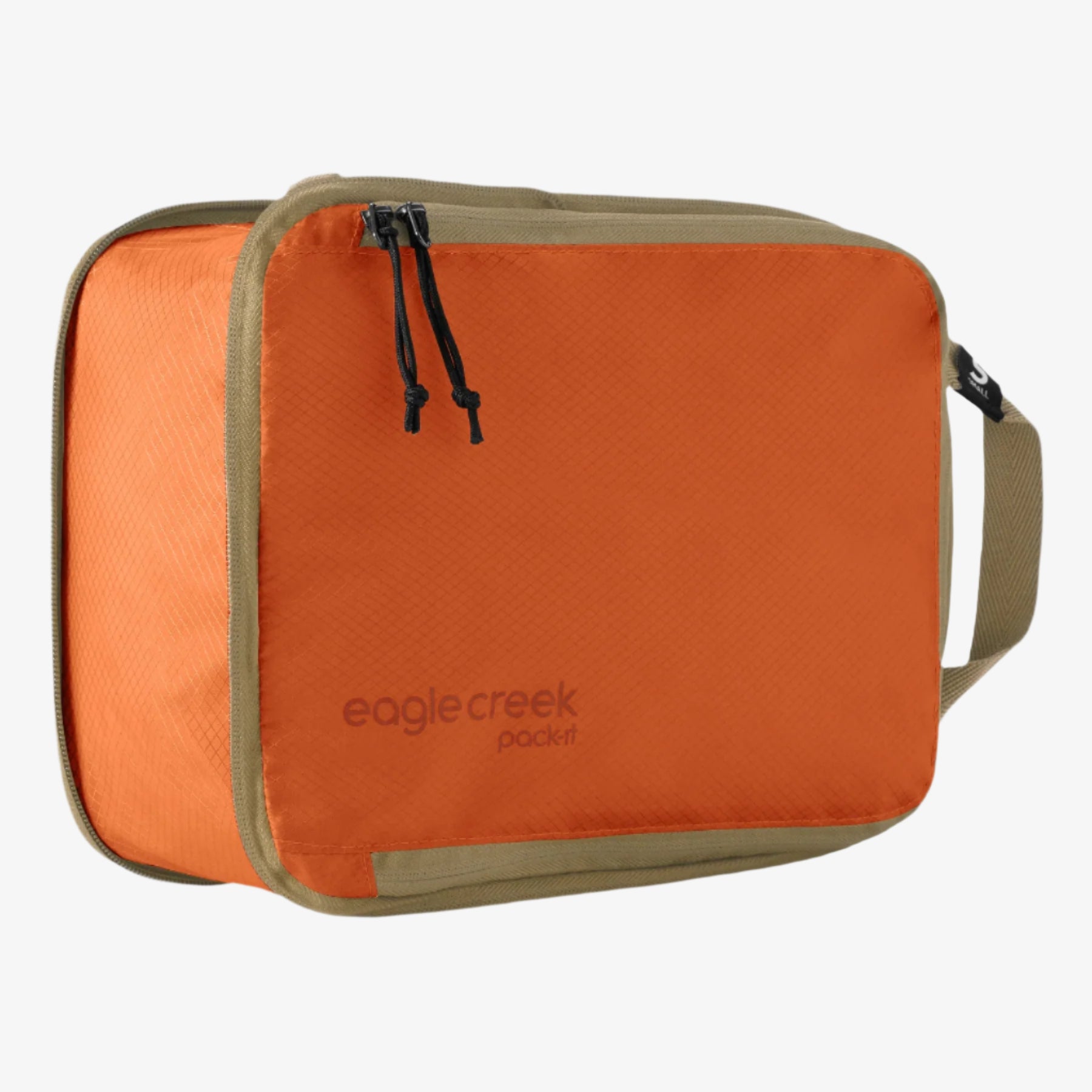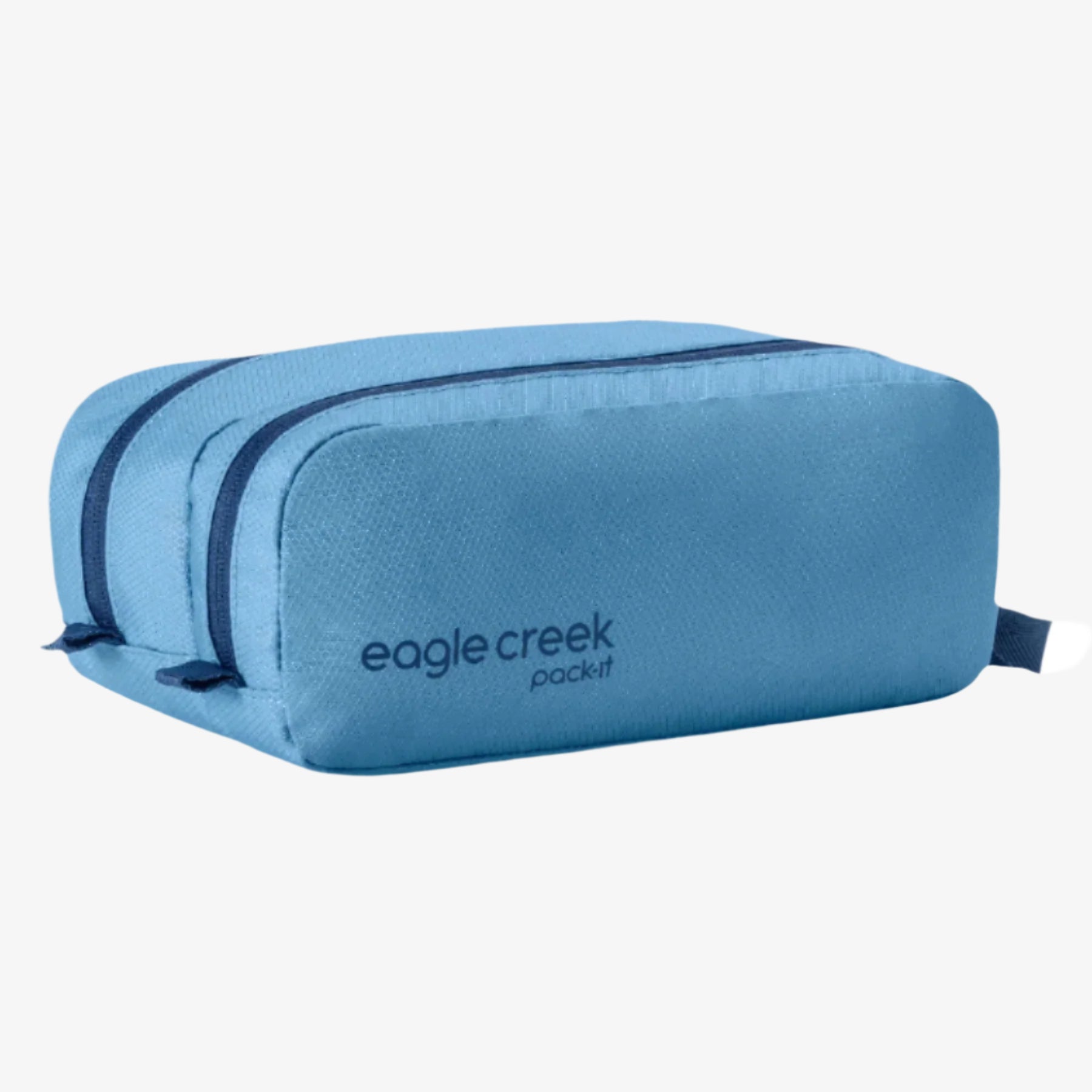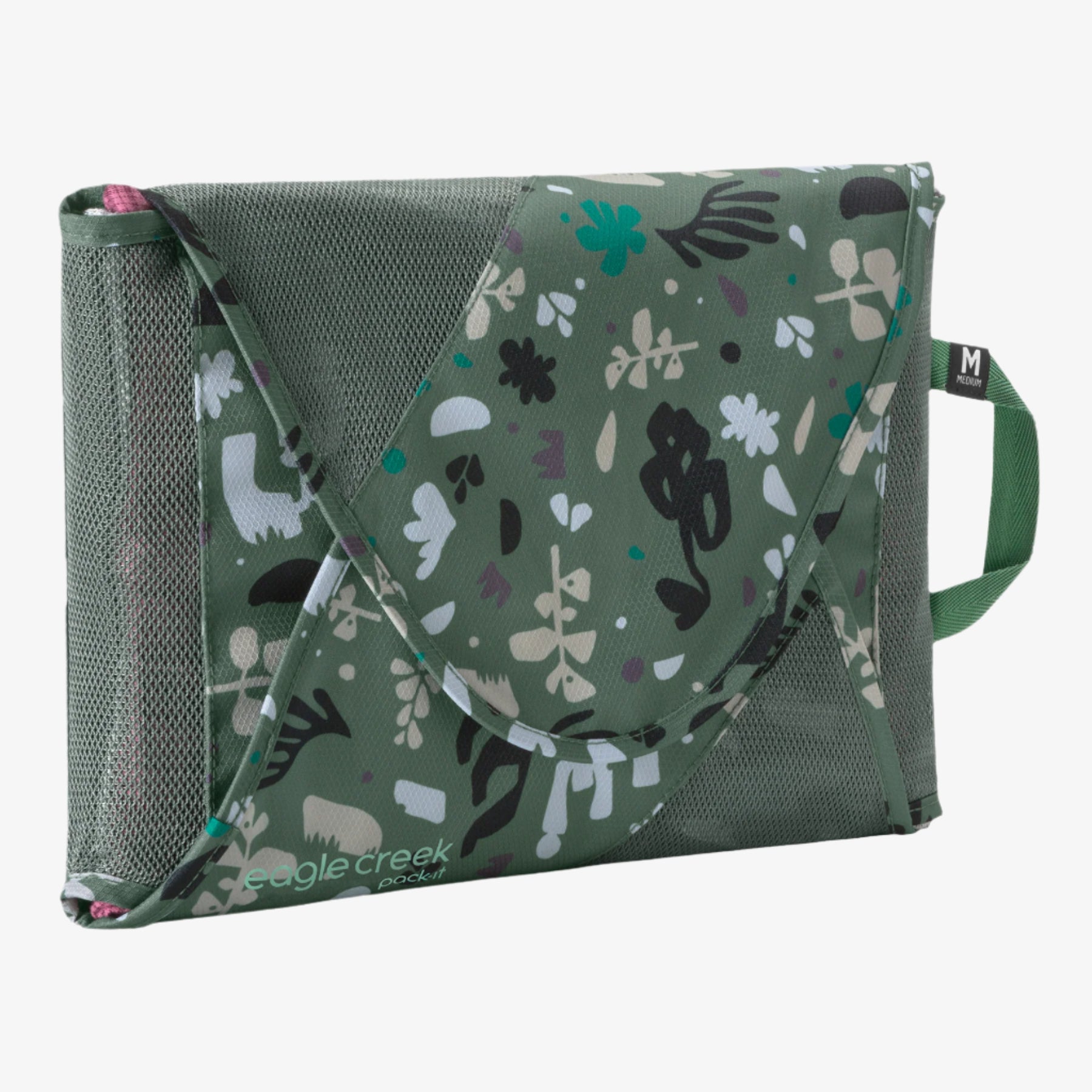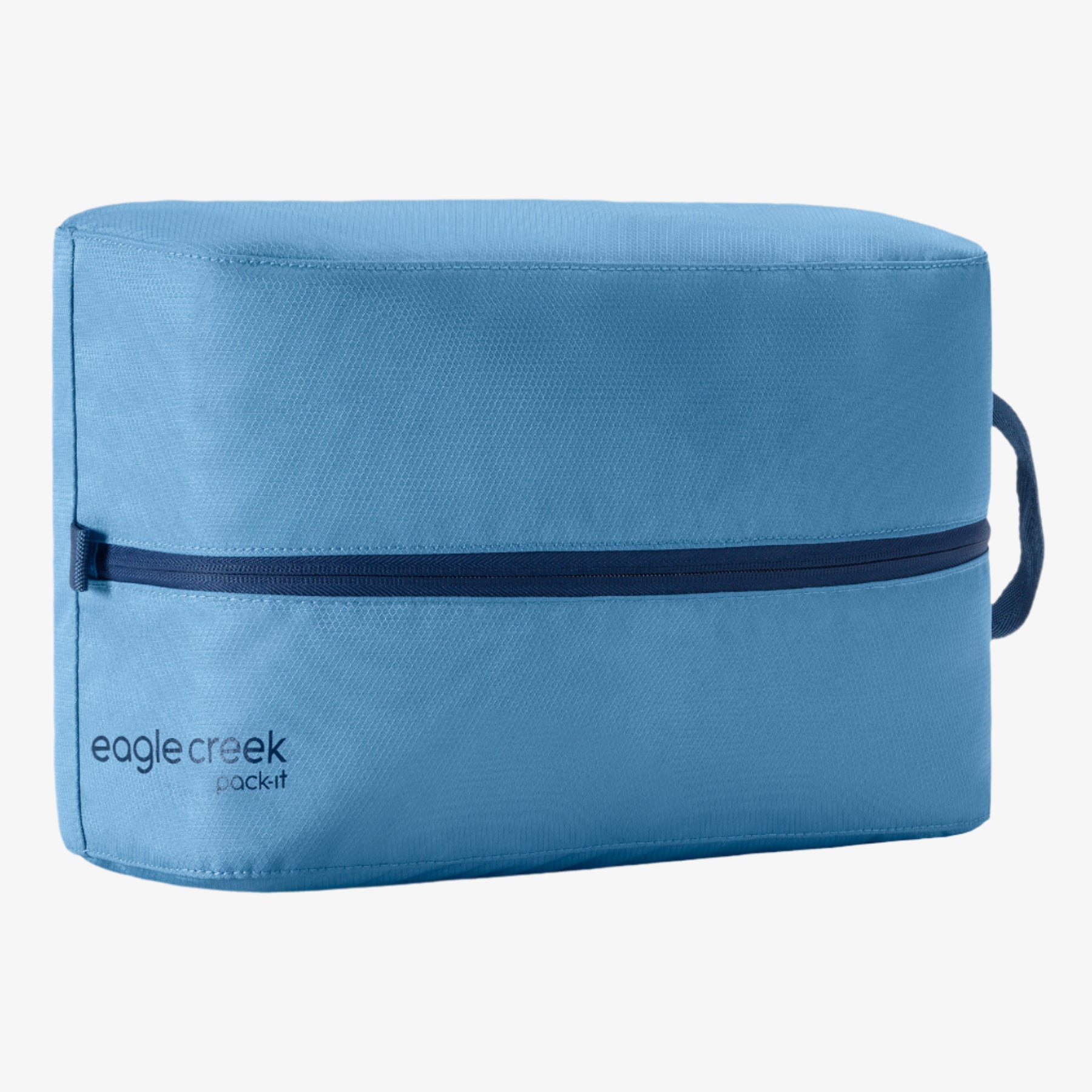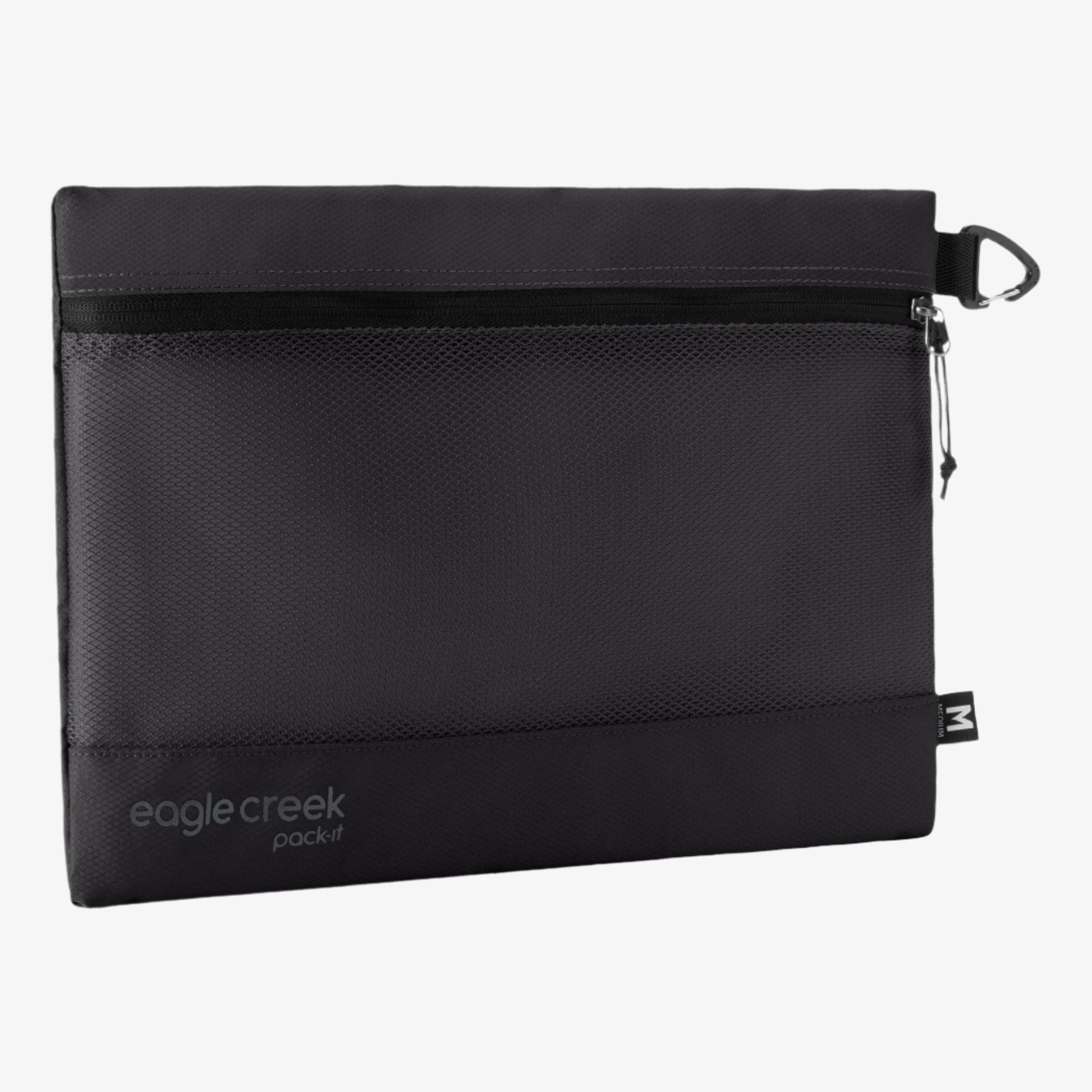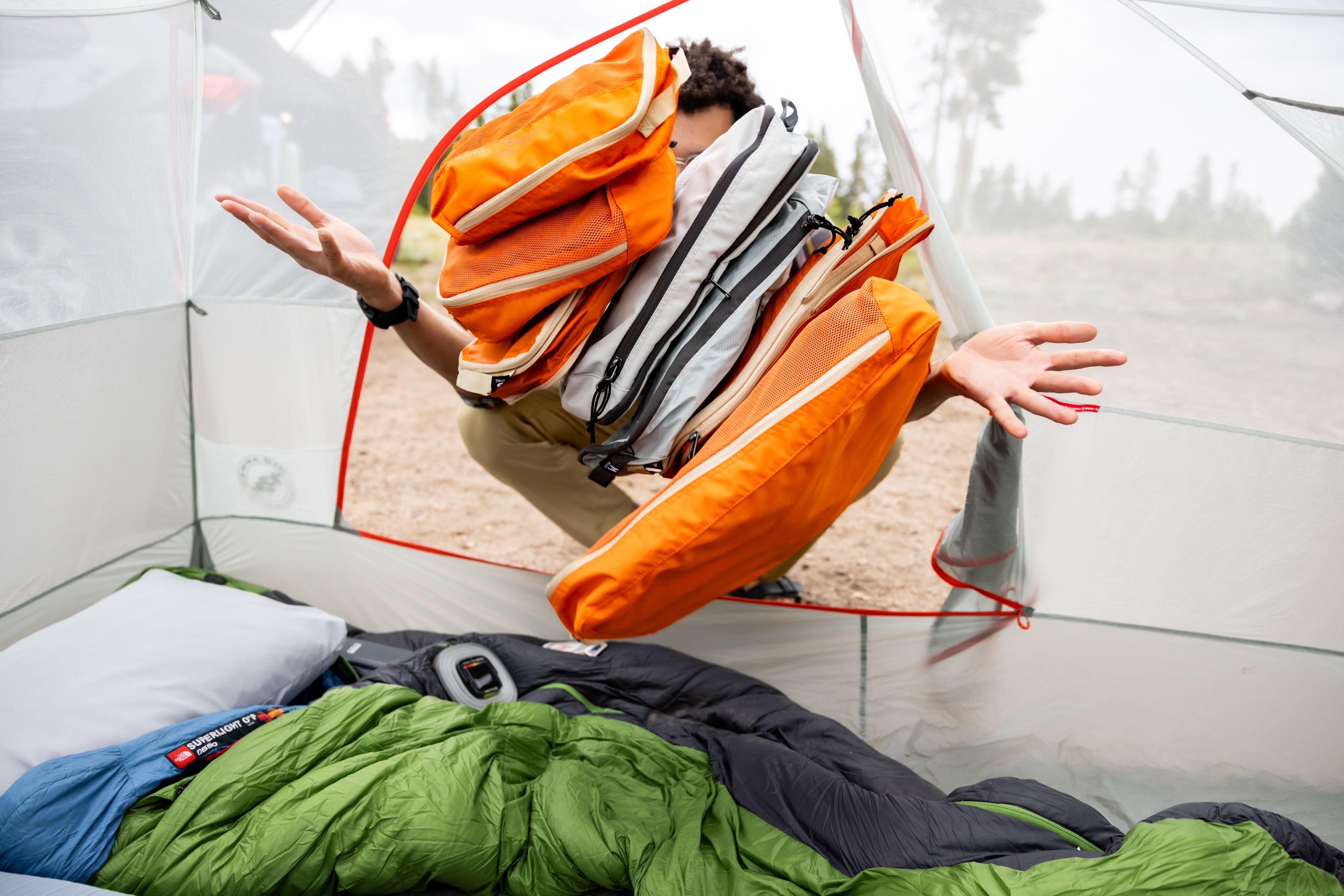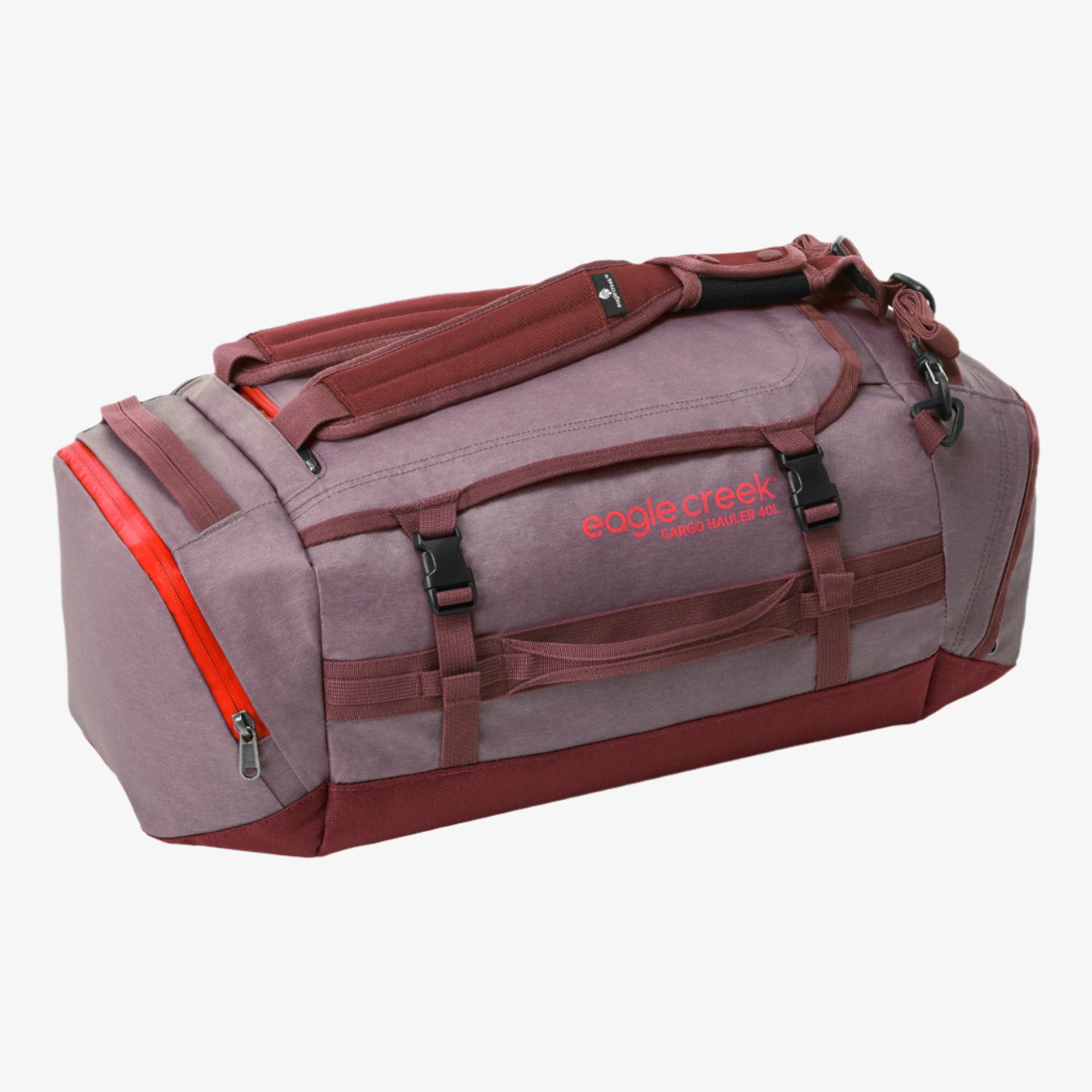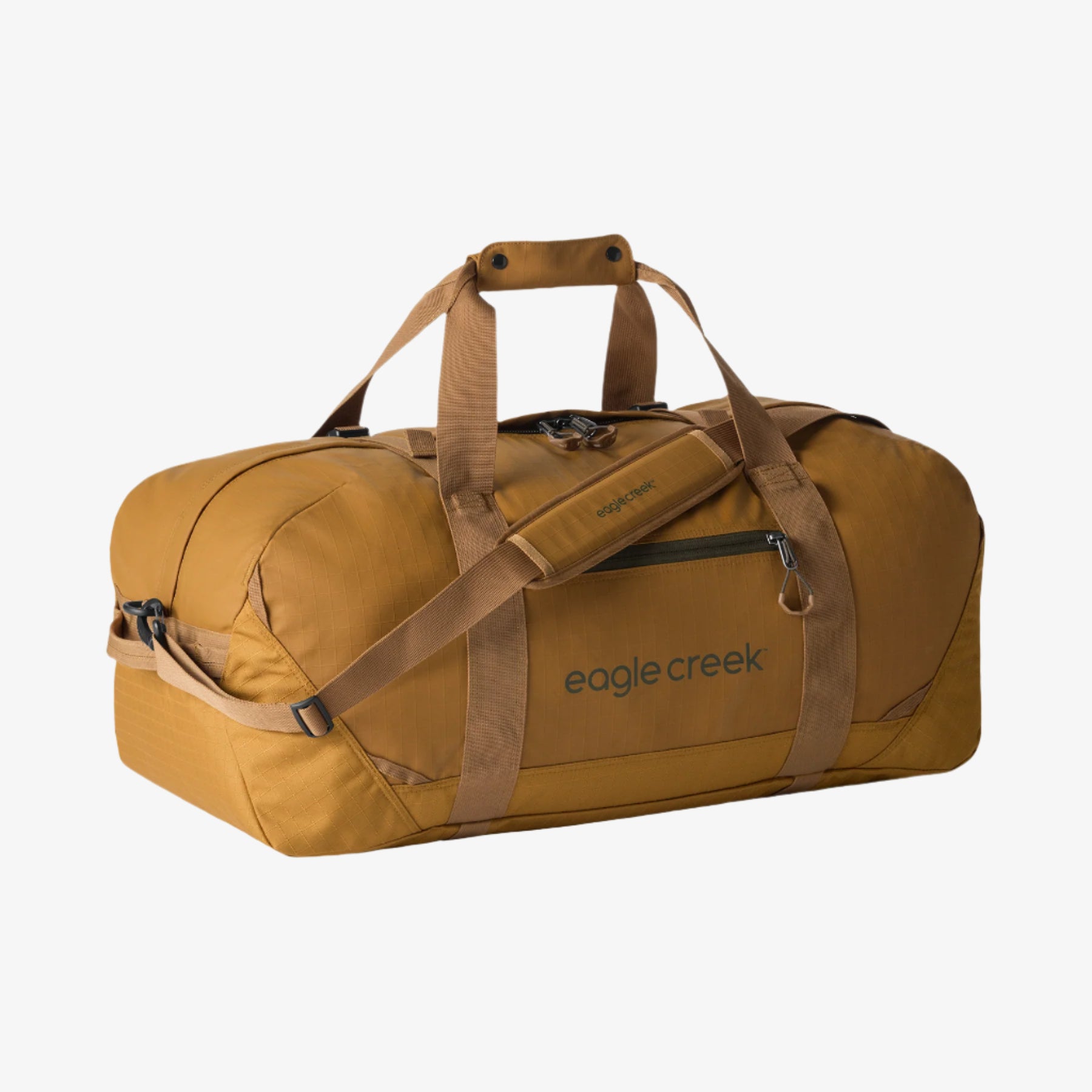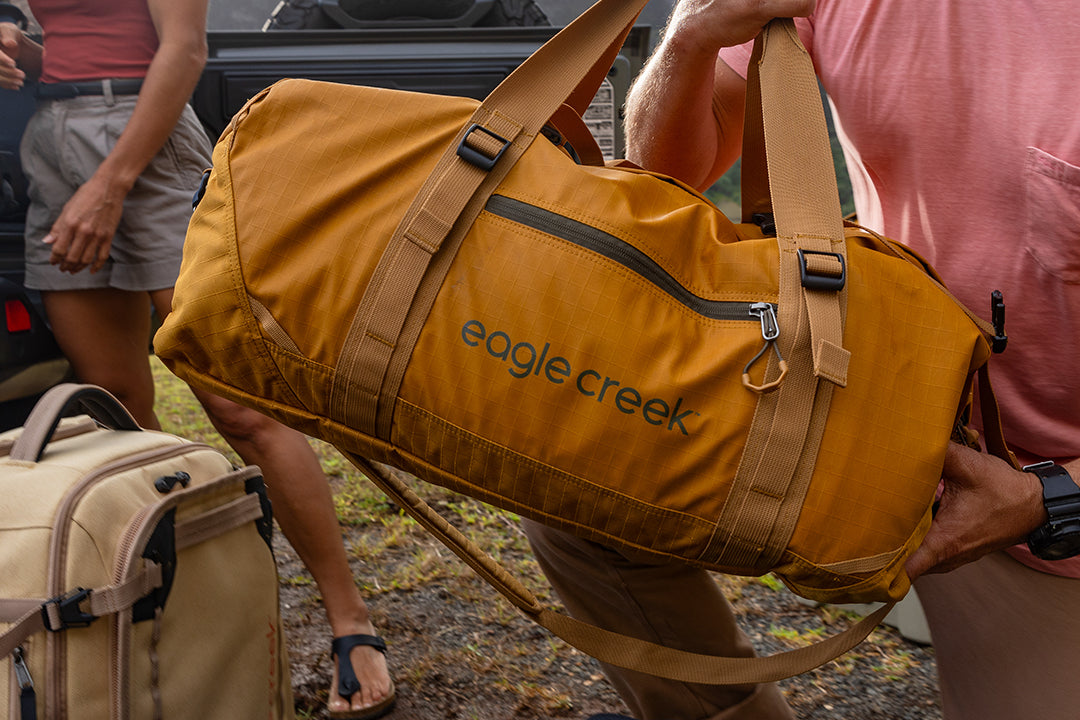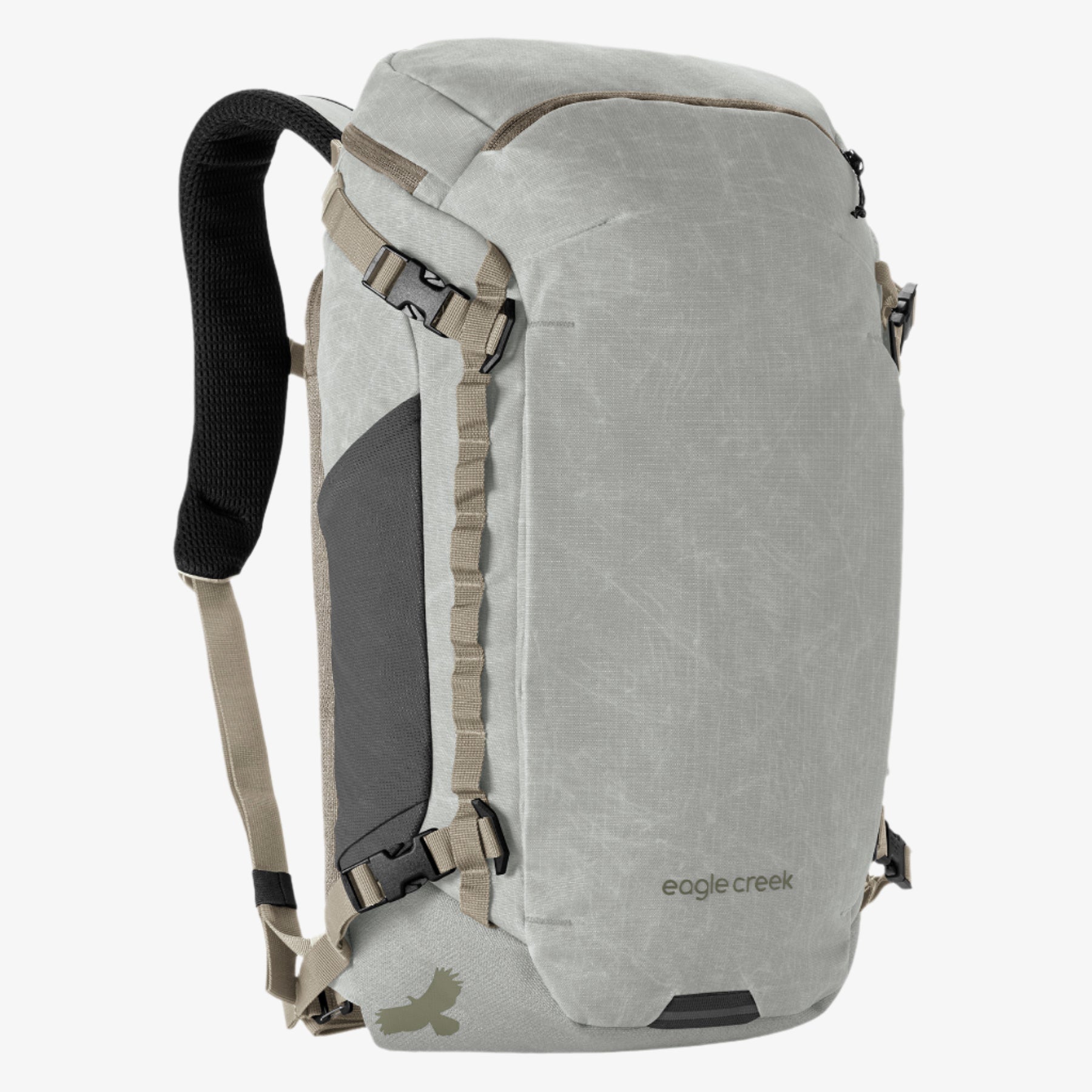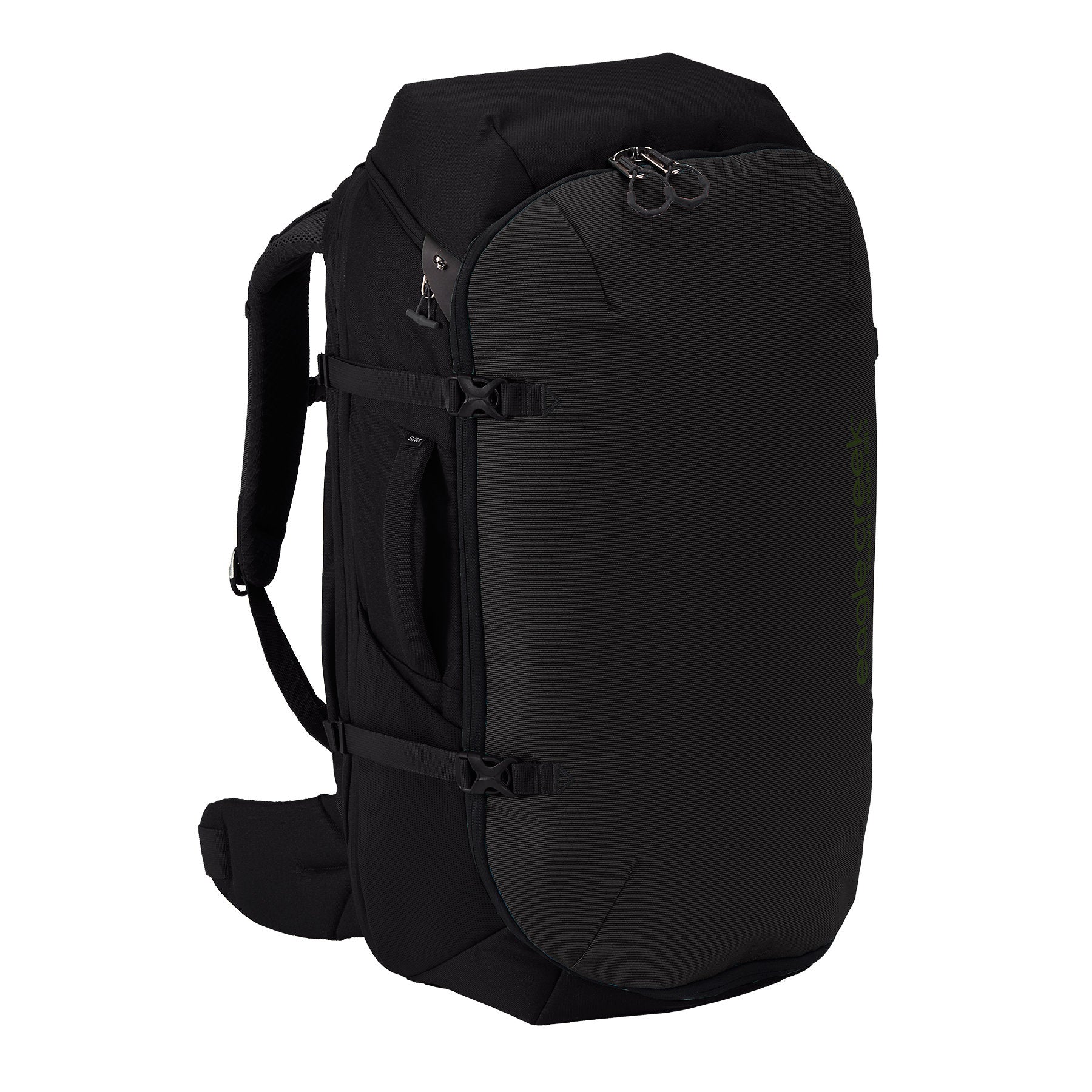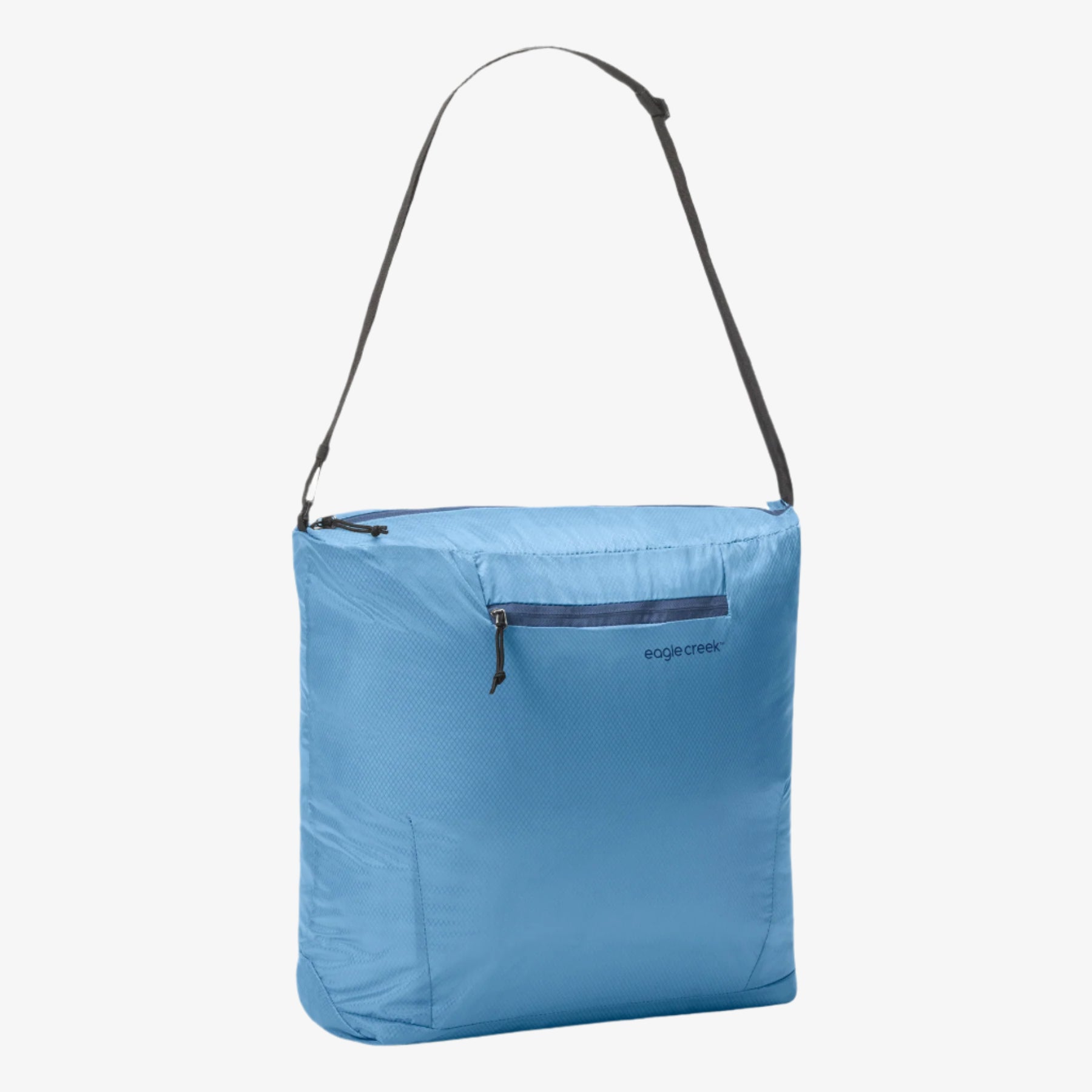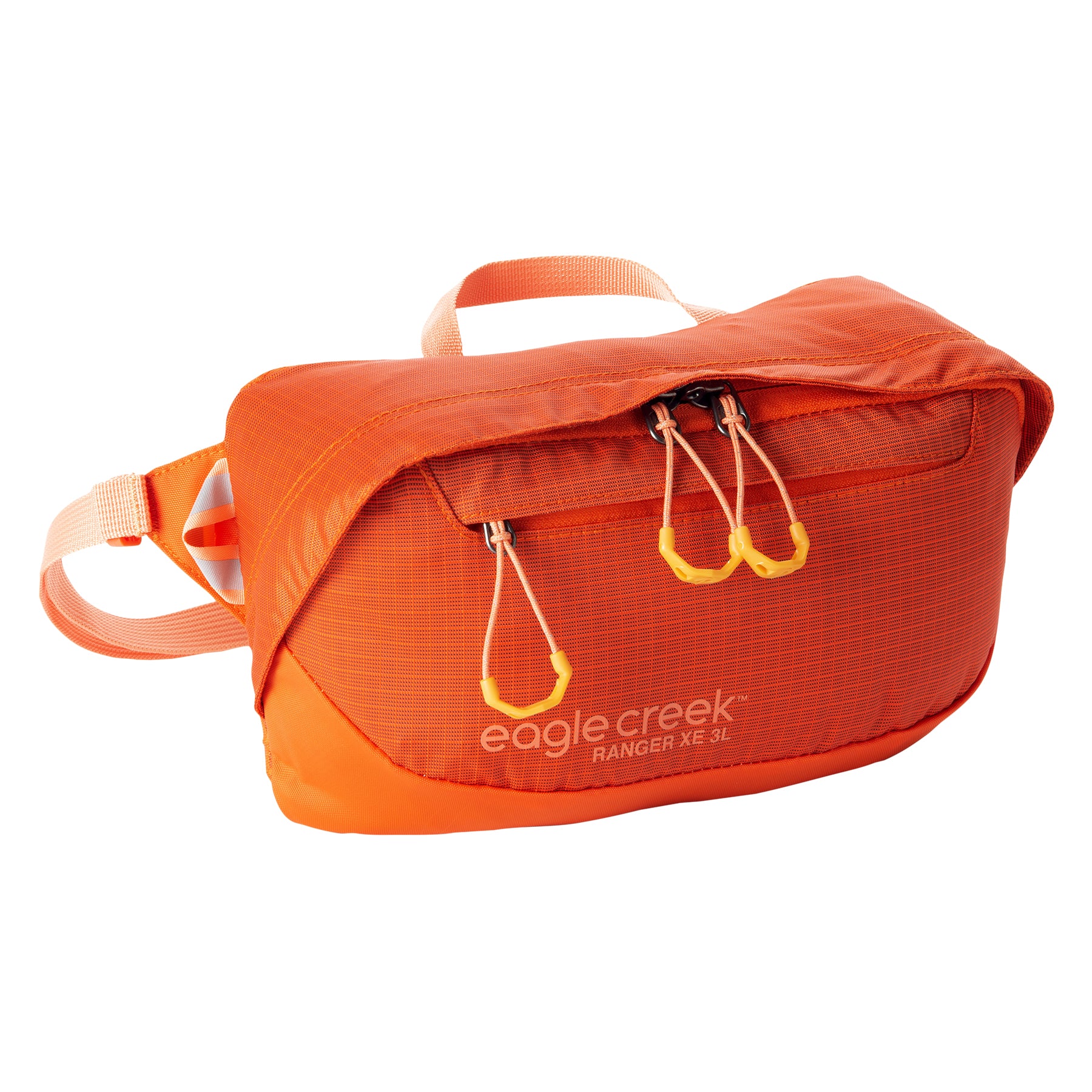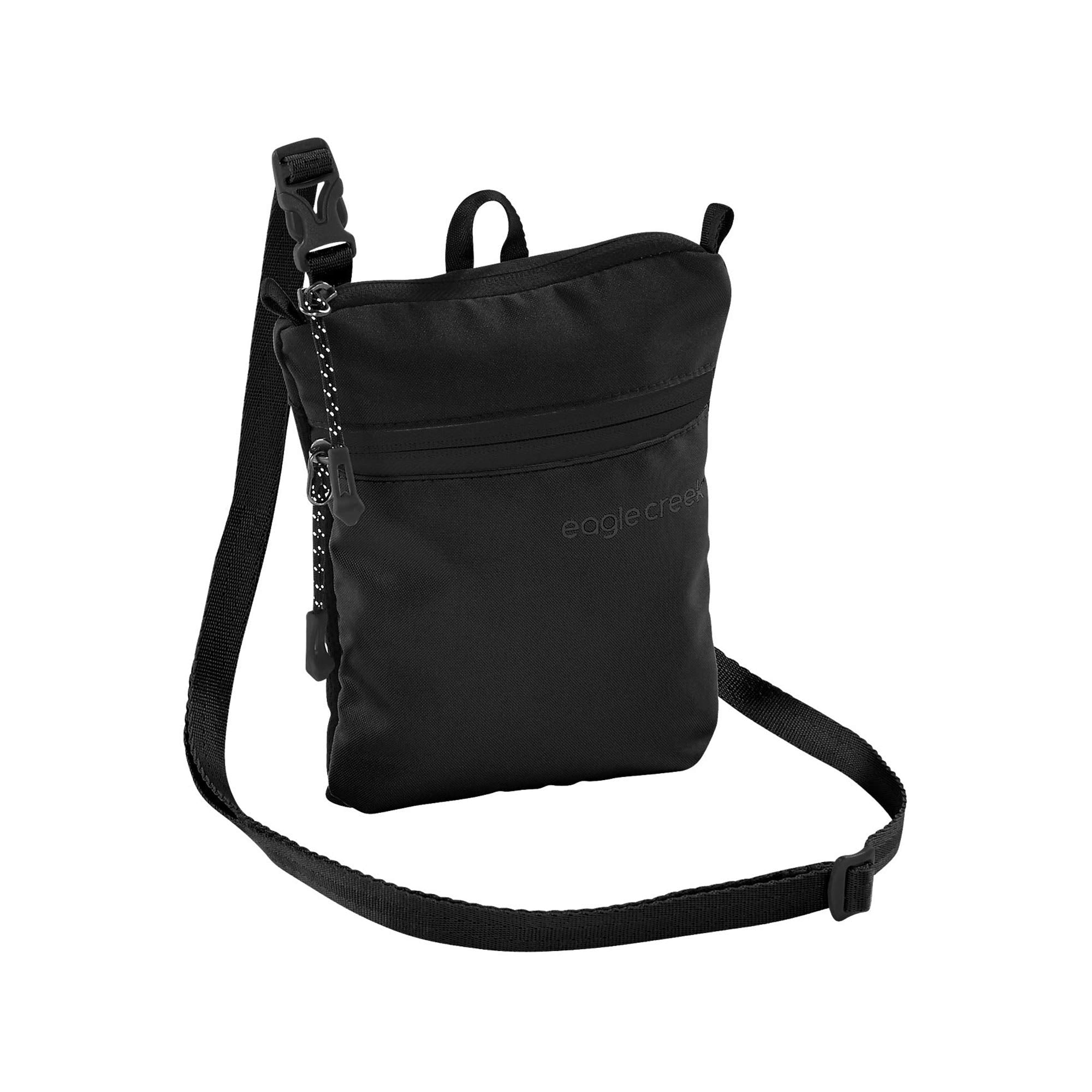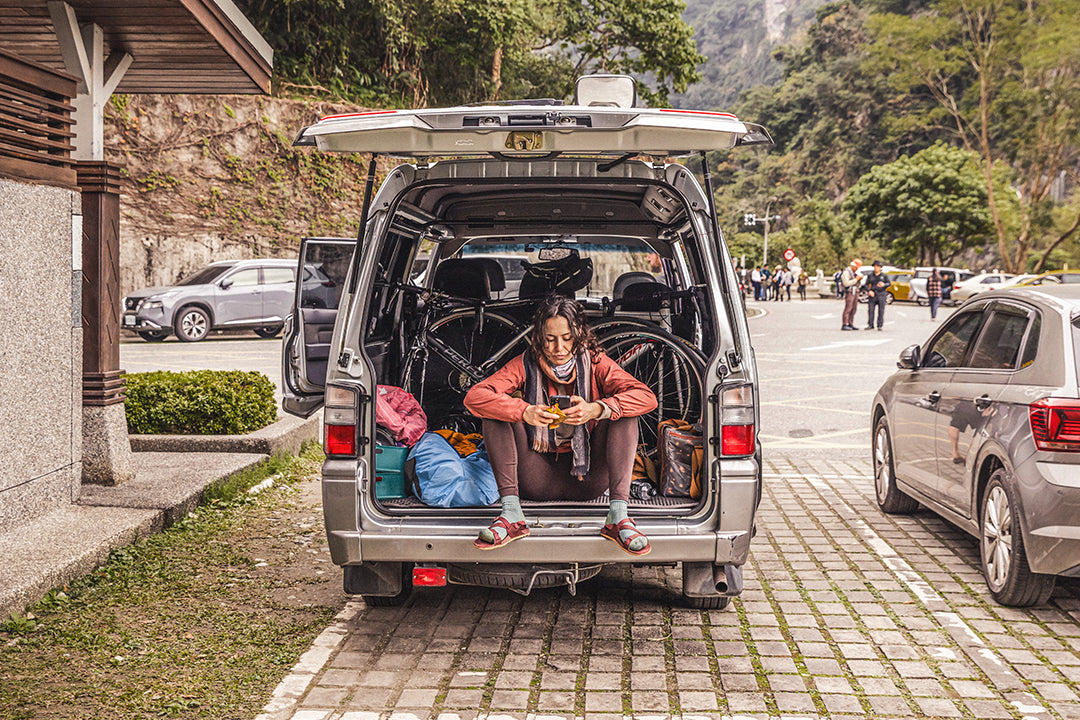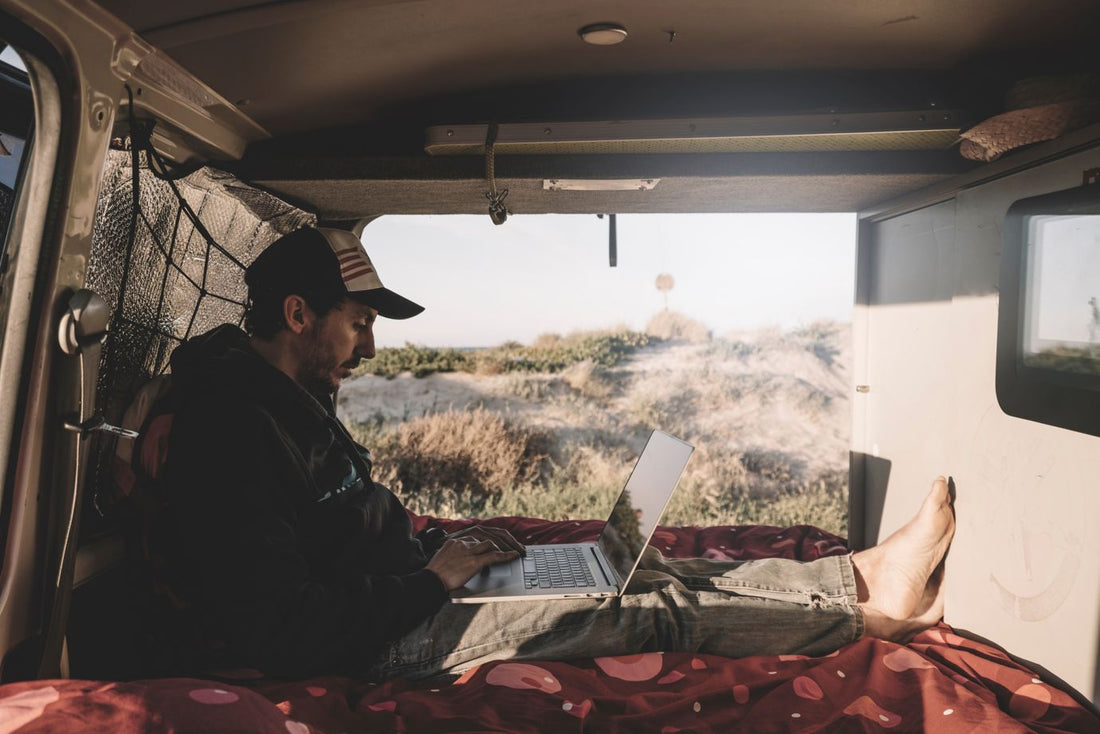
Do you want to travel forever? Maybe you can. Here’s how one writer turned her year-long trip into a digital nomad lifestyle.
In March 2016, my husband and I left our jobs in New York to travel for a year. We moved through Italy, Thailand, Japan, France, Colombia, and more. When our allotted year was coming to an end, we realized we weren’t done yet. Now, we’ve been traveling for nearly three years. We’re currently in Thailand and traveling to Laos, South Korea, and Japan over the next few months.
Long-term travel might sound like putting your life on hold, but it’s just the opposite! Travel opens up incredible experiences—it allowed me to build a career I love and made me happier. A lot happier. But this wasn’t the plan when we bought our plane tickets. I used these four key tips to turn a year-long trip into a digital nomadic lifestyle.
1. Start Saving
Leave with a good cushion in the bank to make this work. Once we decided to travel for a year, we made a strict budget and tracked every penny we spent in a spreadsheet. Yes, every penny. Since we weren’t planning to work on the road, we had enough savings to cover a year of travel. This was hugely helpful when we decided to look for work, because it gave us time to find the right fit.
2. Find Remote Work
To really extend your travels, you’ll need to get a job. Thankfully, more companies than ever before are hiring remote employees. According to FlexJobs, a leader in remote jobs listings, over 43% of the U.S. workforce has the option to work remotely. This represents a 115% rise over the last 10 years.
Of course, some professionals have it easier than others. Travelers who work in the digital space will find many opportunities in web development, freelance writing, graphic design, customer support, and more. So let’s say your skillset doesn’t translate well to remote work? Don’t sweat it. This is a great opportunity to take a course and learn a new skill. In the interim, teach English online or find a variety of projects on freelancing platforms like Upwork.
3. Slow Down
Long-term travel is very different from a vacation. First of all, you’re working! But it’s not all bad.
You also get to stay in a destination longer, make friends, and come to understand the place more deeply. Also, moving is tiring—you’ll burn out if you hop around too much. We travel slowly, staying in a city for a month or more whenever we can.
We typically stay in Airbnb apartments and work out of a coworking space during the day. The best coworking spaces offer reliable wifi, a sense of community, and events where members can network. Sometimes we opt for coliving spaces, which double as a home and coworking space. Coliving spaces are perfect for building a community, as they often host weekly dinners and other fun events. In between the longer stays, we like to take shorter trips to more remote destinations with less reliable wifi.
4. Pack Light
Deciding what to pack for long-term travel sounds scary, but it’s not as hard as it sounds. I recommend bringing versatile clothes and wearing lots of black. I also bring a few fun and not at all versatile things for when I’m tired of my regular clothes (which happens!).
In an ideal world, you should pack a carry on bag. This saves you lots of money in baggage fees and avoids the headaches of lost luggage. I’m currently traveling with two bags, but I miss the days when I could walk off the plane and go. I recommend using a compact wheeled duffel. Wheeled duffels with backpack straps are easy to pick up and carry on the subway, but easy to wheel through airport security, too.
With so much packing and unpacking, luggage organizers are essential. The Pack-It Specter™ Starter Set makes moving days a breeze. We also carry a small travel daypack for outdoor adventures and carrying around your laptop. It should be a small enough to be considered a “personal item” on flights to truly pack efficiently!
If full-time travel piques your interest, my biggest piece of advice is this: Do it now.
There are always reasons to push travel to “someday,” but you never know what responsibilities will arise in the future. If you venture into the unknown and find that a nomadic lifestyle doesn’t suit you—hey, this isn’t for everyone!—it wasn’t a loss. You’ll come home with lessons learned and stories to tell. So what are you waiting for, start researching those remote work opportunities!
Related Links (from Eagle Creek blog):
Working Remotely: What is the Digital Nomad Lifestyle?
